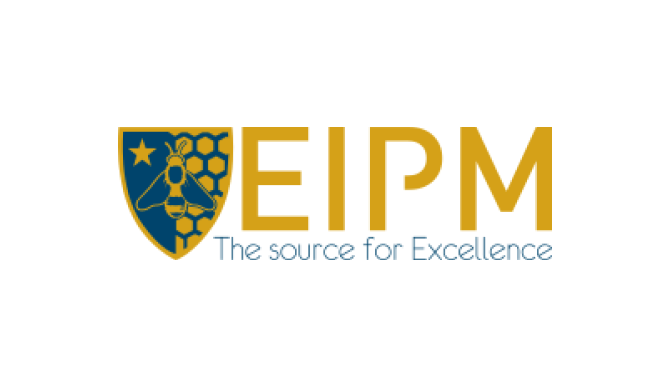Publications
Welcome to our Publications section!
Here, you will find a curated collection of research, white papers, and publications related to Purchasing & Supply Management. Our publications are written by industry experts and thought leaders, and cover a wide range of topics, from the latest trends and developments in the field, to best practices for achieving excellence in Purchasing. These resources provide valuable insights and practical advice for professionals at all levels. Whether you’re looking to stay up to date on the latest research, or gain a deeper understanding of key issues, our publications section has something for you. Browse our collection and be sure to check back regularly for new and relevant content.
Articles
Our articles cover a diverse range of subjects, providing you with a well-rounded understanding of the industry and its challenges.
Value Creation Observatory
The Value Creation Observatory is a research project to measure the progress of the Purchasing profession toward Value Creation.
It consists of a series of surveys, workshops, case studies and publications. The results shed light on important questions in terms of achievements and practices and result in a report of the findings and recommendation for actions.

Exploring the Future of Data Sharing
Lessons from the Automotive Supply Chain
Authors

Decarbonation
A change management challenge
Authors
A Different Perspective: The EIPM Journal of Supply Excellence
One of the outcomes of our applied research is the EIPM Journal of Supply Excellence, a publication that aims to stimulate critical thinking and share strategic knowledge on subjects of joint interest and current relevance. The journal is a unique platform that offers a different perspective on the field of Purchasing and Supply Management. Each edition of the journal features articles, interviews and other contributions from academic and professional experts in the field, providing readers with the latest research and insights. It is a valuable resource for anyone looking to stay current on the latest developments and trends in the industry.

